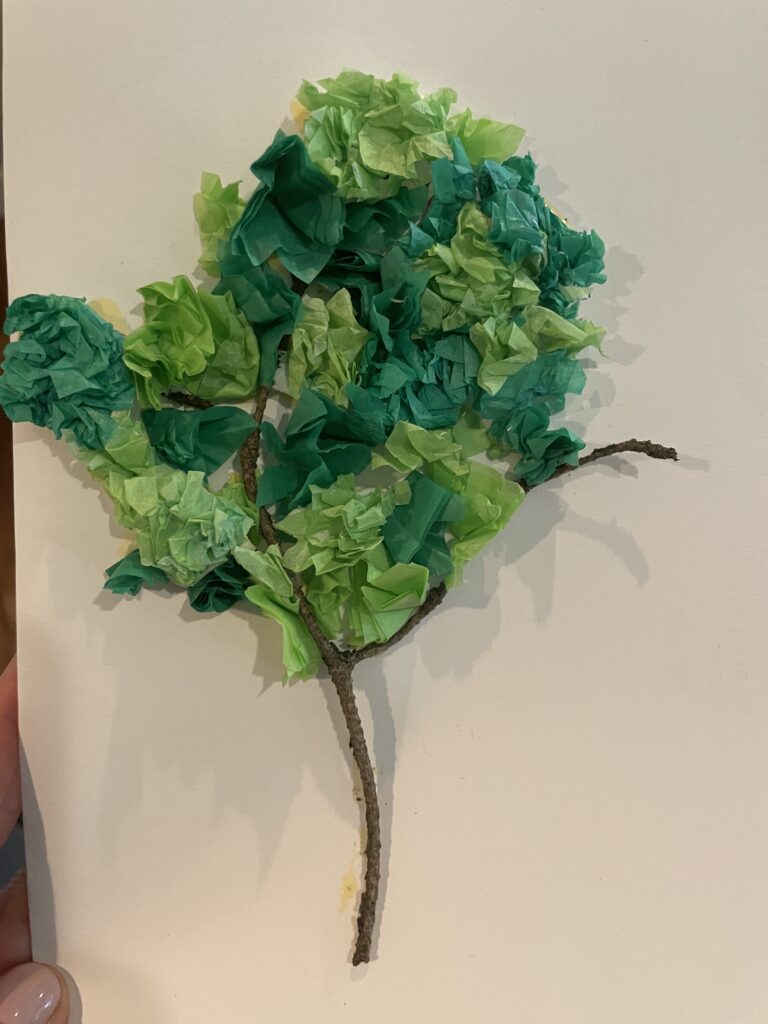The 9-year old change
Learning from our surroundings is a core method in Waldorf Education. In the first years of childhood, Education focuses on learning from imaginative stories and the contact with the natural world. By the time third grade is reached, the child goes through an important developmental phase, the Rubicon or an awareness of a more detached form of existence. As Rudolf Steiner explained:
“At the moment around the age of nine when the Self awakens, the human being separates himself from his natural surroundings, and is now on the way to being able to make objective comparisons between natural phenomena.” (Steiner 1998, p. 173)
The Rubicon
In Ancient history, the Rubicon was the river that separated the Italian heartland from the Roman Province of Gaul. In the year 49 BC, Julius Caesar crossed the Rubicon with his army in spite of the opposition of the senate, which had the connotation of being an irreversible action. Due to this important step during the Roman Empire, Steiner used this event as a metaphor to explain the crucial step on child development. Caesar iconized this ‘no point of return’ statement with the words: “alea iacta est” (“The die is cast”).

Image Credit: Lanmas / Alamy Stock Photo
Waldorf Curriculum
With the deepened sense of self comes a higher state of awareness of the natural world. Hence, the suggestion by Steiner to bring curriculum related to our local surroundings. It is during third grade that we study geography lessons observing the surroundings. Lessons start by analyzing the location of the self in relation to near areas. The first lesson centers the location int the physical classroom. Then it progresses to the location in relation to the school, town, city and later to larger geographical areas.
Third Grade
On the same context, the curriculum centers the attention on the local surroundings and how things are made near our local place. Third grade Waldorf curriculum is built around this exposure to the local surroundings and jobs. Language and social studies include teachings of handicrafts, professions, farming as well as building and shelters.
Lesson Suggestions
The child at this age is able to make comparisons and develops the ability to form concepts. In learning from our surroundings, Steiner gave different examples of appropriate lessons for this grade:
“You have seen how we make free use of familiar things
from the immediate surroundings for our independent instruction
in general knowledge. In the third grade, when the children
are going on nine, it is quite possible for this instruction
to provide them with an idea of how mortar is mixed, for
instance—I can only choose a few examples—and how it is
used in building houses. They can also have an idea of how
manuring and tilling are done, and of what rye and wheat look
like. To put it briefly, in a very free way we allow the children
to delve into the elements of their immediate surroundings
that they are capable of understanding.”
(Rudolf Steiner – First Lecture on the Curriculum – Sep 1919)


Handicrafts and Building
In Waldorf Schools, the study of Handicrafts and Building culminates with a practical project in which the class builds a structure for the school. This project takes into consideration the local culture, learning from our surroundings concept and the specific needs of the school. The teacher decides with the class the best project such as: a picnic table, a bench, a swing, a fort, a tree house, etc.. The third grade project generally uses local materials and applies measuring skills and conversions learned in math lessons.
I had the pleasure to participate in several of these projects with my third grade classes at GWS Waldorf Inspired School in Costa Rica. Likewise, I have seen some beautiful projects completed at other Waldorf Schools. The process the class goes through is very rewarding.



Swing Set
This month in Perez Zeledon, Costa Rica, at Rise Waldorf School the children from the mixed-age grade class built a swing set with their main teacher and a volunteer parent.
The swing set at RWS was the first project made by the grade class; once completed, the children felt a great sense of accomplishment. At the end of the day, the class was so happy to share the swing set playing time with the kindergarten class children.

































